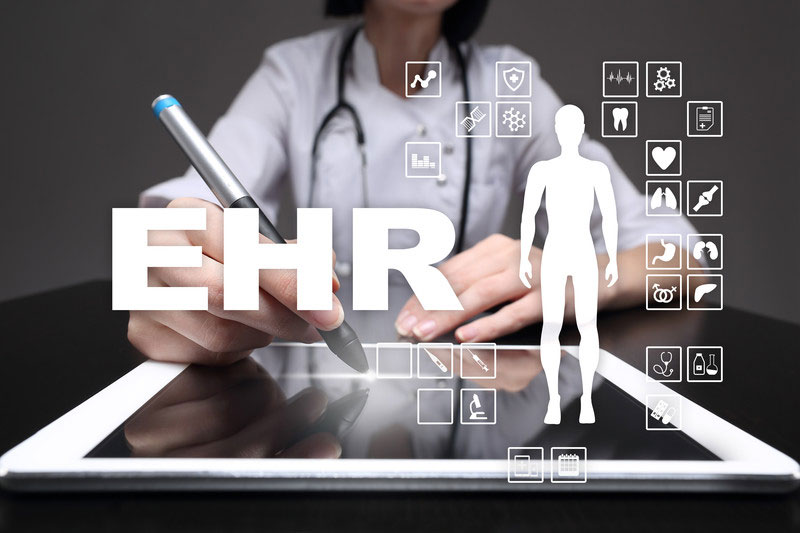Electronic health records (EHRs) improve communication and access to patient information. Outsourcing medical transcription plays a key role in improving the quality of EHR data. More than 95 percent of hospitals and nearly 90 percent of office-based physicians have adopted an electronic health record (EHR) system, according to the Healthcare Information and Management Systems Society (HIMSS). Now that EHR adoption is widespread, providers are looking to optimize EHR use at the point of care as well as from a financial perspective.

According to a paper on EHR best practices developed by the National Learning Consortium (NLC), deriving value from medical records starts at the implementation stage. Strategies for optimization would differ depending on the setting, that is, whether hospital or practice which have different workflows. All stakeholders need to be involved in the process and the optimization strategy should be determined based on EHR utilization issues. Here are six best practices to optimize EHR use:
- Identify current workflow concerns: To optimize EHR use, facilities need to first discuss current workflow concerns with users. This should be compared with the plan to improve workflow and processes and revise these for the best results.
- Scrutinize how individuals are using the EHR: Proper training is essential to manage and implement complicated systems like EHRs. Lack of training can cause errors, setbacks and prevent meaningful use of EHR technology. So to get the most value from their EHR, facilities should observe how the system is being used and identify concerns. For instance, can users navigate the system? Are clinicians documenting at the point of care or are they using scribes or a medical transcription service company? Are there any gaps or discrepancies? Experts point out that user issues can be addressed with further training, improvement of computer skills, template redesign, or addition of data capture aids.
- Take the physical environment into account: Limitations due to equipment or space are critical factors can significantly impact system usability. The NLC document points out a complaint that sometimes arises when implementing barcode medication administration record systems: nurses complain that they are walking more and physicians complain about having to wait for someone to stop using a computer so they can enter orders in the system. Installing additional workstations or having portable devices could resolve these concerns.
- Test actual use of EHR: Test actual system use by role-playing with clinicians to put them at ease while using a computer at the patient encounter. Actual use of systems should be practiced with regard to different types of patients, such as those with hearing impairments or those who have data security concerns. This will help devise appropriate strategies to deal with various patient scenarios.
- Determine how to introduce the EHR to patients: Providers should plan how to communicate with their patients about EHR. Patient engagement and support for EHR are critical to advancing HIT and to achieve the best outcomes. Physicians should explain that they will need to perform EHR data entry during the visit. Of course, outsourcing medical transcription can free up more time to focus on the patient.
- Assess data requirements: A study published in Family Medicine in 2018 (for which data was collected in 2015) reported that “primary care physicians spent more time working in the EHR than they spent in face-to-face time with patients in clinic visits.” Clinicians complain the EHRs have more data entry requirements than paper charts. They need to document the encounter using dropdown menus, checkboxes, free-text entry, and many other modalities. A study medical reporting at a Michigan hospital published earlier this year found that doctors’ progress notes in the initial implementation of electronic health records contained more inaccuracies compared to paper charts.
The NLC cautions that not all the data that the EHR asks for is needed, and these data elements need to be changed from ‘required’ to ‘optional’. Further, common information such as gender, birth date, family history, past medical history, allergies and other data rarely changes and need not be collected again. Clinicians should evaluate all uses of the data, such as how a data element affects the performance of a clinical decision support rule or is required for medical billing. The best solution would be to involve clinicians in deciding what data to collect and fine tune the EHR to show more value.
These six strategies can help facilities optimize EHR use and get the most out of their investment. Medical transcription companies play a key role in ensuing accurate and timely EHR documentation as well as clinical record management, a field which is constantly evolving with technological advancements. And as technology evolves, healthcare organizations need to ensure that EHR optimization is an ongoing process.


